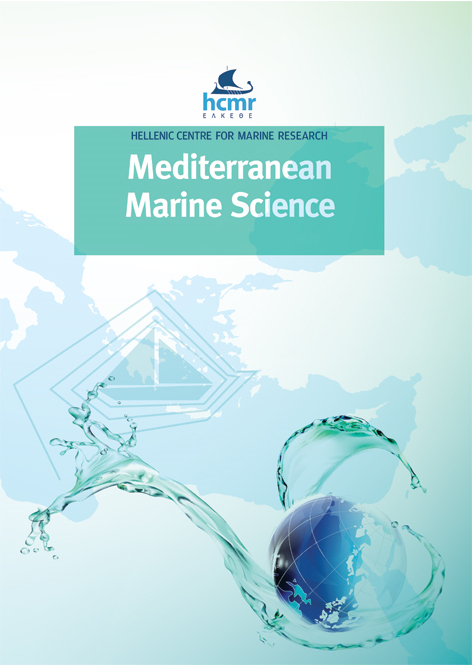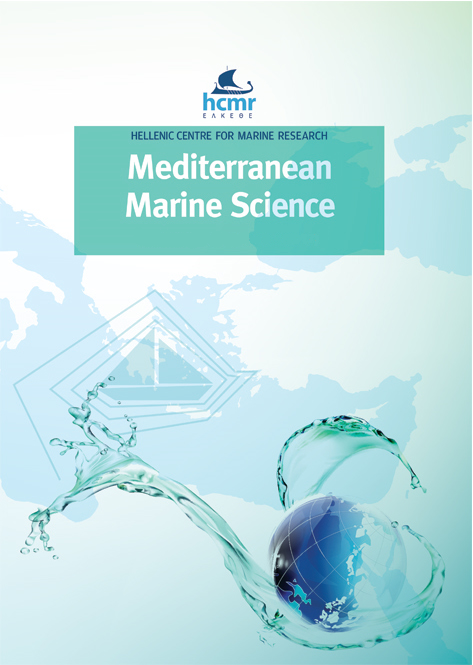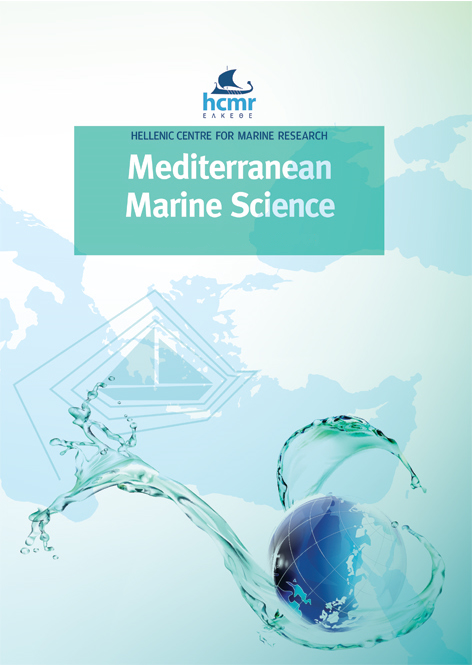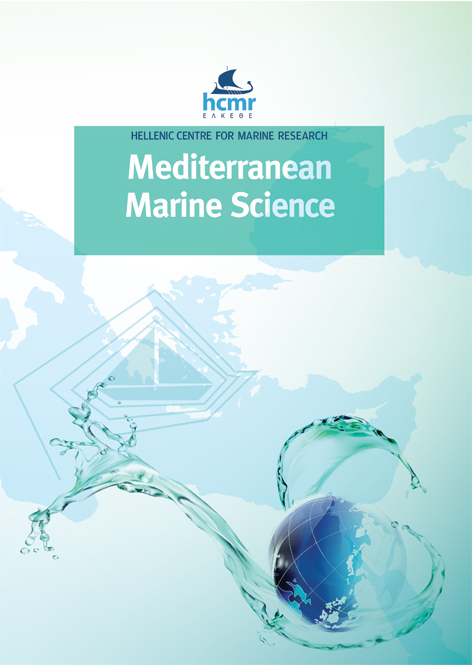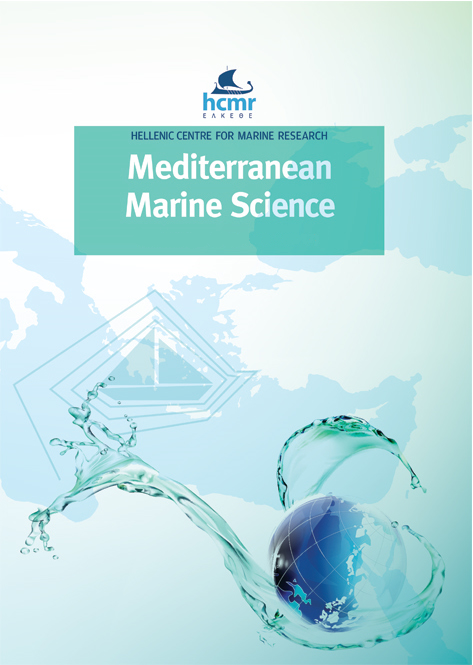Year-round acoustic presence of sperm whales (Physeter macrocephalus) and baseline ambient ocean sound levels in the Greek Seas
Περίληψη
The sperm whale (Physeter macrocephalus) is the largest odontocete occurring in the Greek Seas. However, monitoring the
species’ spatiotemporal distribution patterns is especially difficult during the winter months when unfavorable weather conditions
often hinder survey efforts. In the Greek Seas, visual cetacean surveys are typically not conducted between November and March. In a first attempt to collect year-round baseline information on sperm whale occurrence patterns in Greek waters, two Passive Aquatic Listeners (PALs) were deployed for 19 months, at Pylos Station (36.8 N, 21.6ο E) in the Hellenic Trench, and at Athos Station (40.0 N, 24.7ο E) in the North Aegean Trough. Results revealed the year-round presence of sperm whales at Pylos Station with a higher number of detections observed during late spring and throughout the summer. No sperm whale vocalizations were detected at Athos Station. An ambient sound level analysis revealed higher winter and lower summer levels at both sites largely driven by local weather conditions. Results showed that marine life in the Hellenic Trench area was exposed to higher low frequency (< 1 kHz) sound levels (by up to 10 dB re 1 μPa2/Hz). Ambient noise below 1 kHz is frequently dominated by anthropogenic sources including shipping. Ship strikes and noise disturbance constitute major threats for the small, genetically isolated, endangered
sperm whale population. The results of this study are useful for sperm whale conservation efforts in the region and may help
policymakers in prioritizing mitigation measures, including the establishment of speed limits and rerouting of ship traffic.
Λεπτομέρειες άρθρου
- Πώς να δημιουργήσετε Αναφορές
-
DIOGOU, N., KLINCK, H., FRANTZIS, A., NYSTUEN, J. A., PAPATHANASSIOU, E., & KATSANEVAKIS, S. (2019). Year-round acoustic presence of sperm whales (Physeter macrocephalus) and baseline ambient ocean sound levels in the Greek Seas. Mediterranean Marine Science, 20(1), 208–221. https://doi.org/10.12681/mms.18769
- Τεύχος
- Τόμ. 20 Αρ. 1 (2019)
- Ενότητα
- Research Article
Authors who publish with this journal agree to the following terms:
- Authors retain copyright and grant the journal right of first publication with the work simultaneously licensed under a Creative Commons Attribution Non-Commercial License that allows others to share the work with an acknowledgement of the work's authorship and initial publication in this journal.
- Authors are able to enter into separate, additional contractual arrangements for the non-exclusive distribution of the journal's published version of the work (e.g. post it to an institutional repository or publish it in a book), with an acknowledgement of its initial publication in this journal.
- Authors are permitted and encouraged to post their work online (preferably in institutional repositories or on their website) prior to and during the submission process, as it can lead to productive exchanges, as well as earlier and greater citation of published work (See The Effect of Open Access).






